"Arfak Mountains." Papua Expeditions: Birding Hotspots. Retrieved on April 4, 2014.
- Available at: http://www.bird-watching-papua-adventure-travel.com/birdinghotspots/arfakmountains.html
Bassarova, M.; Archer, M.; and Hand, S.J. 20 December 2001. “New Oligo-Miocene Pseudocheirids (Marsupialia) of the Genus Paljara from Riversleigh, Northwestern Queensland.”Memoirs of the Association of Australasian Palaeontologists 25:61-75.
Bisby F.A.; Roskov Y.R.; Orrell T.M.; Nicolson D.; Paglinawan L.E.; Bailly N.; Kirk P.M.; Bourgoin T.; Baillargeon G.; Ouvrard D. (red.). 2011. Species 2000 & ITIS Catalogue of Life: 2011 Annual Checklist. Species 2000: Reading, UK. Retrieved on April 4, 2014.
- Available at: http://www.itis.gov/servlet/SingleRpt/SingleRpt?search_topic=TSN&search_value=709428
Boelens, Bo; Watkins, Michael; and Grayson, Michael. 2009. The Eponym Dictionary of Mammals. JHU Press.
Boudet, Ch. 10 January 2009. "Species Sheet: Arfak Ringtail." Mammals' Planet: Vs n°4, 04/2010. Retrieved on April 4, 2014.
- Available at: http://www.planet-mammiferes.org/drupal/en/node/38?indice=Pseudochirulus+schlegeli
Conn, Barry J.; and Damas, Kipiro Q. 2005. Guide to Trees of Papua New Guinea: Tree Descriptions. National Herbarium of New South Wales and Papua New Guinea National Herbarium. Retrieved on April 4, 2014.
- Available at: http://www.pngplants.org/PNGtrees/
Duff, Andrew; and Lawson, Ann. 2004. Mammals of the World: A Checklist. Yale University Press.
Earle, Christopher J. (Editor). The Gymnosperm Database. Retrieved on April 4, 2014.
- Available at: http://www.conifers.org/index.php
Flannery, Timothy F. 1994. Possums of the World: A Monograph of the Phalangeroidea. Chastwood, Australia: GEO Productions in association with the Australian Museum.
The Food and Agriculture Organization of the United Nations and the United Nations Environment Programme. 1984. “Part II Country Briefs: Papua New Guinea.” Tropical Forest Resources Assessment Project (in the framework of the Global Environment Monitoring System – GEMS) – Forest Resources of Tropical Asia. UN 32/6.1301-78-04 Technical Report 3. Rome, Italy: Publications Division, Food and Agriculture Organization of the United Nations, first printing 1981, second printing 1984. Retrieved on April 4, 2014.
- Available at: http://www.fao.org/docrep/007/ad908e/ad908e00.htm
- Available at: http://www.fao.org/docrep/007/ad908e/AD908E22.htm
Food and Agriculture Organization Forest Harvesting, Trade and Marketing Branch. 1998. “Appendix 1. List of Tree Species.” Forest Harvesting Case-Study 15: Forest Harvesting Operations in Papua New Guinea, The PNG Logging Code of Practice. Rome, Italy: Publishing and Multimedia Service, Information Division, Food and Agriculture Organization of the United Nations. Retrieved on April 4, 2014.
- Available at: http://www.fao.org/docrep/004/Y2711E/y2711e00.htm#TopOfPage
- Available at: http://www.fao.org/docrep/004/Y2711E/y2711e12.htm
Gansloßer, Udo. 2004. "Arfak Ringtail: Pseudocheirus schlegeli." P. 122 in Grzimek's Animal Life Encyclopedia, Second Edition. Volume 13: Mammals II, edited by Michael Hutchins, Devra G. Kleiman, Valerius Geist, and Melissa C. McDade. Farmington Hills, MI: Gale Group, Inc., division of Thomson Learning Inc.
Gibbs, L.S. July 1917. Dutch N.W. New Guinea: A Contribution to the Phytogeography and Flora of the Arfak Mountains (Read before the Newcastle Meeting of the British Association for the Advancement of Science, September 1916). London: Taylor and Francis. Retrieved on April 4, 2014.
- Available via Internet Archive at: https://archive.org/stream/mobot31753000302528#page/iv/mode/2up
- Available via Botanicus.org at: http://www.botanicus.org/title/b11815000
Gould, John. 1863. Mammals of Australia. Volume I. London: John Gould.
Helgen, K.; Dickman, C.; and Salas, L. 2008. "Pseudochirulus schlegeli." In: IUCN 2013. International Union for Conservation of Nature and Natural Resources Red List of Threatened Species. Version 2013.2.. Retrieved on April 4, 2014.
- Available at: http://www.iucnredlist.org/details/40641/0
Hoffman, Carl. Savage Harvest: A Tale of Cannibals, Colonialism, and Michael Rockefeller's Tragic Quest for Primitive Art. New York: HarperCollins Publishers, 2014.
Hume, Ian D. 1999. Marsupial Nutrition. Melbourne, Australia: Cambridge University Press.
Jentink, Dr. F.A. (Fredericus Anna). 1884. Notes from the Leyden Museum. Leyden: E.J. Brill.
- Available via Biodiversity Heritage Library at: http://biodiversitylibrary.org/page/9635519
Kennedy, Michael (Editor). 1992. Australasian Marsupials and Monotremes: An Action Plan for Their Conservation. International Union for Conservation of Nature and Natural Resources.
Kerle, Jean Anne. 2001. Possums: The Brushtails, Ringtails and Greater Glider. Sydney: University of New South Wales Australian Natural History Series. Retrieved on April 4, 2014.
- Available at: http://books.google.com/books?id=YDM0hjAwchUC&lpg=PT65&dq=Petropseudes%20dahli&pg=PT66#v=onepage&q=Petropseudes%20dahli&f=false
Menkhorst, Peter; and Knight, Frank. 2001. A Field Guide to the Mammals of Australia. South Melbourne: Oxford University Press.
Menzies, James. 5 June 2011. A Handbook of New Guinea’s Marsupials and Monotremes. University of Papua New Guinea Press.
Meredith, Robert W.; Mendoza, Miguel A.; Roberts, Karen K.; Westerman, Michael; and Springer, Mark S. 2 March 2010. “A Phylogeny and Timescale for the Evolution of Pseudocheiridae (Marsupialia: Diprotodontia) in Australia and New Guinea.” Journal of Mammalian Evolution17(2):75-99. Retrieved on April 4, 2014.
- Available at: http://www.ncbi.nlm.nih.gov/pmc/articles/PMC2987229/
Nowak, Ronald M. 1999. Walker's Mammals of the World, Sixth Edition. Volume I. Baltimore: Johns Hopkins University Press.
Nowak, Ronald M. 2005. Walker's Marsupials of the World. Baltimore: Johns Hopkins University Press.
"Papuan Montane Forest." Biome Explorer: Azonal Biomes>Montane Forests. Retrieved on April 4, 2014.
- Available at: http://www.biome-explorer.net/Montane%20Forest/Papuan%20Montane%20Forest.html
Peters, Wilhelm; and Giacomo Doria. Enumerazione dei mammiferi raccolti da O. Beccari, L.M. d'Albertis ed A.A. Bruijn nella Nuova Guinea. (Estratto dagli Ann. del Mus. Civ. di St. Nat. di Gen., Vol. XVI [29-31 marzo 1881]: 665 - 707.) Genova: Tipografia del Regio Istituto dei Sordo-Muti, 1881. Retrieved on April 4, 2014.
- Available via Biodiversity Heritage Library at: http://biodiversitylibrary.org/page/14843569
Peters, Wilhelm; and Giacomo Doria. "Enumerazione dei mammiferi raccolti da O. Beccari, L.M. d'Albertis ed A.A. Bruijn nella Nuova Guinea." Annali dei Museo Civico di Storia Naturale di Genova, Vol. XVI [29 marzo 1881]: 665 - 707. Retrieved on April 4, 2014.
- Available via Biodiversity Heritage Library at: http://biodiversitylibrary.org/page/29845102
Petocz, Ronald G. 1 October 1989. Conservation and Development in Irian Jaya: A Strategy for Rational Resource Utilization. Brill Academic Publishers.
"Pseudochirops schlegeli: Vogelkop Ringtail." Encyclopedia of Life. Retrieved on April 4, 2014.
- Available at: http://eol.org/pages/1038011/details
"Pseudochirulus schlegeli." The Marine Laboratory Universal Biology Indexer and Organizer: uBio Biodiversity Heritage Library Namebank ID 7140145. Retrieved on April 4, 2014.
- Available at: http://www.ubio.org/browser/details.php?namebankID=7140145
"Pseudochirulus schlegeli." Smithsonian National Museum of Natural History: Research & Collections>Vertebrate Zoology>Mammals>Databases>MSW>Taxonomic Browser, 2011. Retrieved on April 4, 2014.
- Available at: http://www.vertebrates.si.edu/msw/mswcfapp/msw/taxon_browser.cfm?msw_id=522
"Pseudochirulus schlegeli (Arfak Ringtail)." Zipcode Zoo: Species Identifier 1026173. Retrieved on April 4, 2014.
- Available at: http://zipcodezoo.com/Animals/P/Pseudochirulus_schlegeli/
Raffay, Aquiles. "Casa aérea en Memiaoua." <em>Viaje á Nueva Guinea</em>: opposite page 42. Traduccion y arreglo del Dr. Moreno [Vicente Moreno de la Tejera]. Juan Vidal, ed., Edicion de Gran Lujo. Madrid [Spain]: Biblioteca de Viajes, 1881.
- Available via British Library at: http://access.bl.uk/item/viewer/ark:/81055/vdc_000000015E16#?c=0&m=0&s=0&cv=62&xywh=-1227%2C-1%2C4855%2C3250
Raffray, Achille. "Voyage en Nouvelle-Guinée: Maison aérienne à Mémiaoua." <em>Le Tour du Monde</em>, vingtième année (1879), vol. XXXVII, livraison 955, pp. 265.
- Available via HathiTrust at: https://hdl.handle.net/2027/uc1.c2744097?urlappend=%3Bseq=277%3Bownerid=13510798902613797-311
Raffray, Achille. "Voyage en Nouvelle-Guinée." <em>Le Tour du Monde</em>, vingtième année (1879), vol. XXXVII, livraison 953, pp. 225-240.
- Available via HathiTrust at: https://hdl.handle.net/2027/uc1.c2744097?urlappend=%3Bseq=237%3Bownerid=13510798902613797-261
Raffray, Achille. "Voyage en Nouvelle-Guinée." <em>Le Tour du Monde</em>, vingtième année (1879), vol. XXXVII, livraison 954, pp. 241-256.
- Available via HathiTrust at: https://hdl.handle.net/2027/uc1.c2744097?urlappend=%3Bseq=253%3Bownerid=13510798902613797-277
Raffray, Achille. "Voyage en Nouvelle-Guinée." <em>Le Tour du Monde</em>, vingtième année (1879), vol. XXXVII, livraison 955, pp. 257-272.
- Available via HathiTrust at: https://hdl.handle.net/2027/uc1.c2744097?urlappend=%3Bseq=269%3Bownerid=13510798902613797-303
Raffray, Achille. "Voyage en Nouvelle-Guinée." <em>Le Tour du Monde</em>, vingtième année (1879), vol. XXXVII, livraison 956, pp. 273-288.
- Available via HathiTrust at: https://hdl.handle.net/2027/uc1.c2744097?urlappend=%3Bseq=285%3Bownerid=13510798902613797-319
Ratzel, Friedrich. "House in the Arfak village of Memiwa, New Guinea. "After Raffray.)." The History of Mankind, vol. I (1896), p. 263. Translated from German into English by A.J. Butler. London: Macmillan and Co., Ltd.; New York: The Macmillan Co., 1896.
- Available via Internet Archive at: https://archive.org/details/cu31924092538184/page/263/mode/1up
Ratzel, Friedrich. The History of Mankind, vol. I. Translated from German into English by A.J. Butler. London: Macmillan and Co., Ltd.; New York: The Macmillan Co., 1896.
- Available via Internet Archive at @ https://archive.org/details/cu31924092538184/
Ride, W.D.L. 1970. A Guide to the Native Mammals of Australia. Melbourne: Oxford University Press.
Schaefer, Albrecht G. “New Guinea Forests: Still the Tropical Paradise.” World Wildlife Global>What We Do>Priority Places>New Guinea>The Area>Ecosystems>Forests. Retrieved on April 9, 2014.
- Available at: http://wwf.panda.org/what_we_do/where_we_work/new_guinea_forests/area_forests_new_guinea/new_guinea_forests_ecosystems/forests_new_guinea/
Sclater, P.L. 1873. "Character of New Species of Birds Discovered in New Guinea by Signor d'Albertis." Pages 690 -698. Proceedings of the Scientific Meetings of the Zoological Society of London for the Year 1873. London: Longmans, Green, Reader, and Dyer.
- Available via Biodiversity Heritage Library at: http://biodiversitylibrary.org/page/28504967
Sillitoe, Paul. 2013. Managing Animals in New Guinea: Preying the Game in The Highlands. Routledge: Studies in Environmental Anthropology.
Sillitoe, Professor Paul; and Pointet, Dr. Abram. 2009. Was Valley Anthropological Archives. Retrieved on April 4, 2014.
- Available at: http://www.wolaland.org/page/
Strahan, Ronald; and Conder, Pamela. 2007. Dictionary of Australian and New Guinean Mammals. CSIRO Publishing.
Surhone, Lambert M.; Timpledon, Miriam T.; and Marseken, Susan F. 29 June 2010. Vogelkop Ringtail Possum. Betascript Publishing: High Quality Content by WIKIPEDIA articles.
Tyndale-Biscoe, Hugh. 2005. Life of Marsupials. Collingwood, Victoria, Australia: CSIRO Publishing.
Wilson, Don E.; and Reeder, DeeAnn M. (editors). 2005. Mammal Species
of the World: A Taxonomic and Geographic Reference (3rd ed), Johns Hopkins University Press.
World Wildlife Fund (edited by Conservation Biology, Biodiversity, Ecology Topic Editor Mark McGinley. 18 November 2008 updated 13 October 3011. "Vogelkop Montane Rain Forests." The Encyclopedia of Earth. Retrieved on April 4, 2014.
- Available at: http://www.eoearth.org/view/article/156863/
Wrobel, Murray (Editor). 2007. Elsevier's Dictionary of Mammals: Latin English German French Italian. Oxford, U.K.: Elsevier B.V.


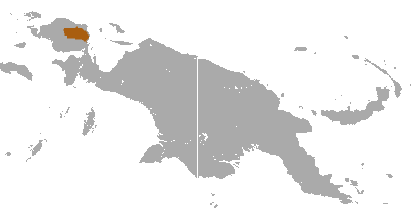
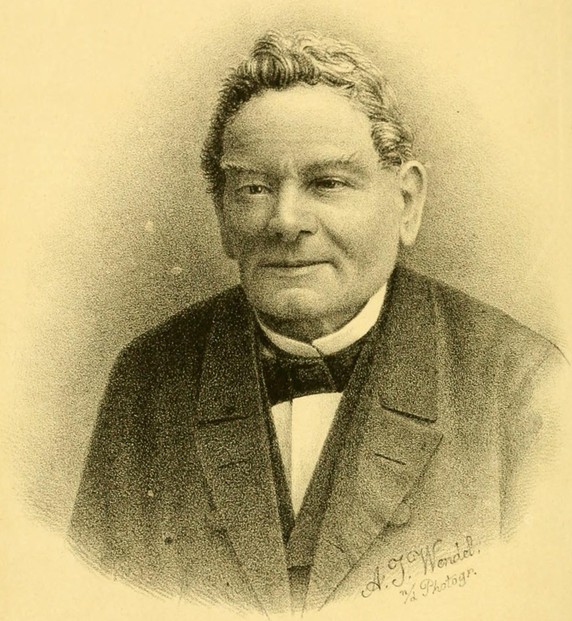
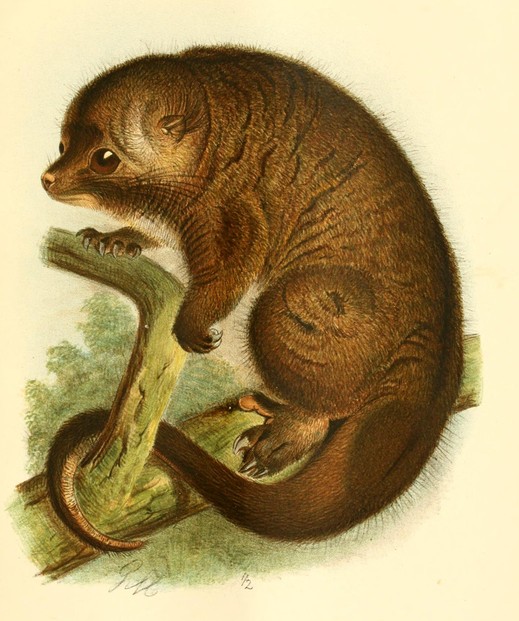
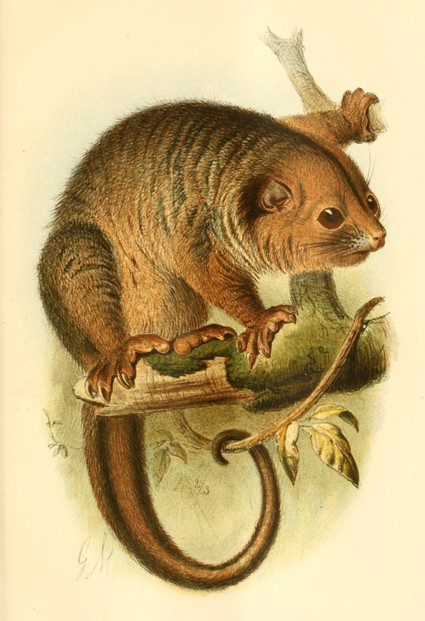
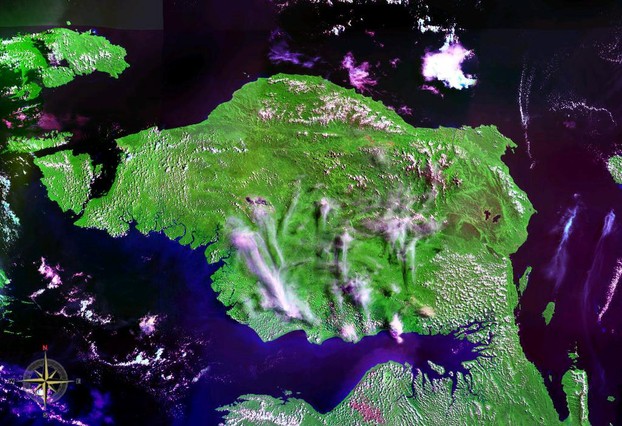
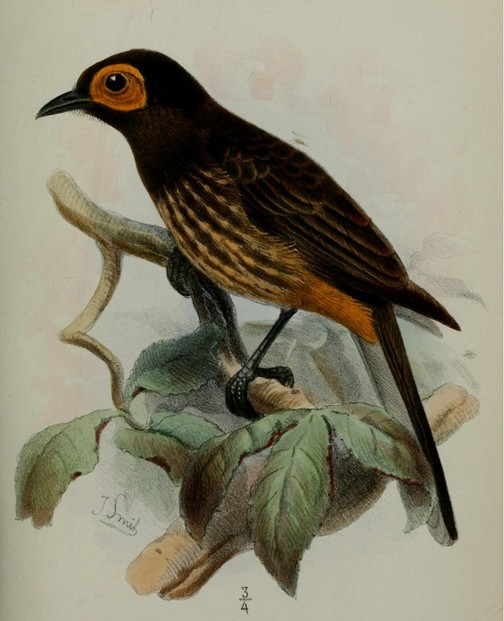
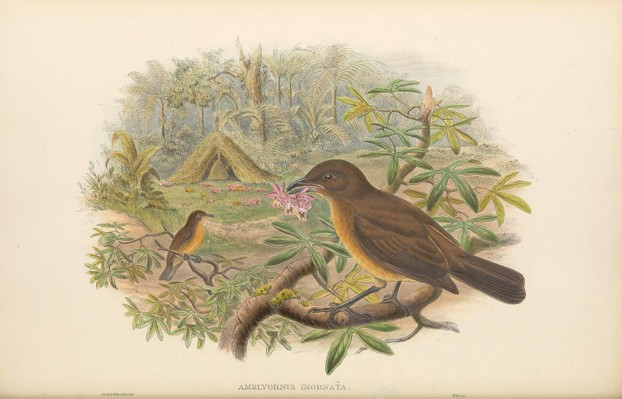
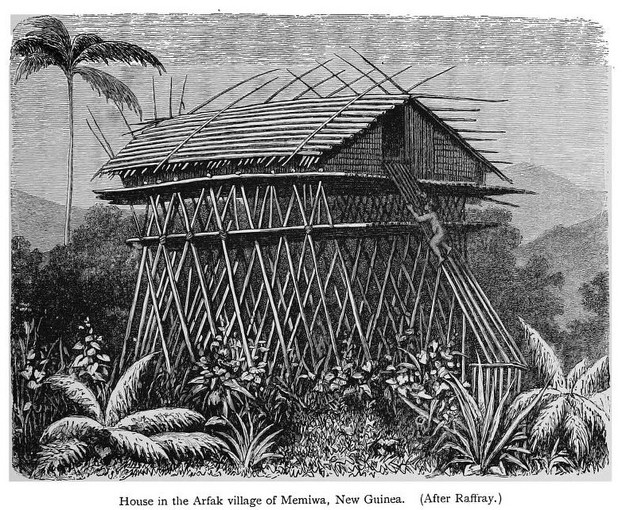






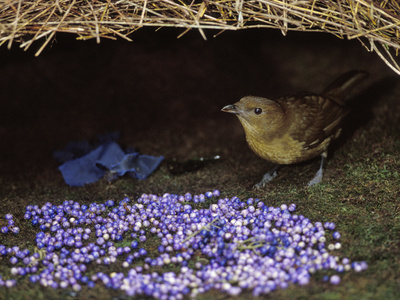
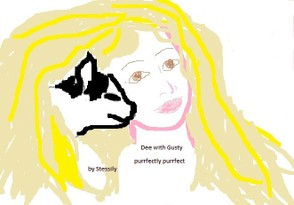
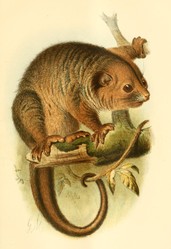

 Are Hawaiian Huakai Po Nightmarchers Avenging Halloween Thursday?on 10/02/2024
Are Hawaiian Huakai Po Nightmarchers Avenging Halloween Thursday?on 10/02/2024
 Mailing Addresses for 2023 Form 4868 Extending 1040 and 1040SR April 15, 2024, Due Dateon 04/15/2024
Mailing Addresses for 2023 Form 4868 Extending 1040 and 1040SR April 15, 2024, Due Dateon 04/15/2024
 Mailing Addresses for 2023 Forms 1040 and 1040SR Filed in 2024on 04/15/2024
Mailing Addresses for 2023 Forms 1040 and 1040SR Filed in 2024on 04/15/2024
 Mailing Addresses for 2022 Form 4868 Extending 1040 and 1040SR April 18, 2023, Due Dateon 04/13/2023
Mailing Addresses for 2022 Form 4868 Extending 1040 and 1040SR April 18, 2023, Due Dateon 04/13/2023

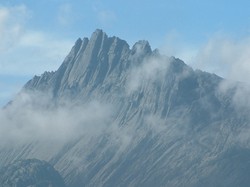
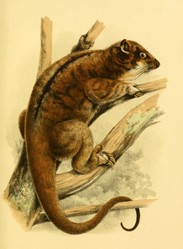
Comments